Supportive Regulatory Frameworks
Supportive regulatory frameworks are playing a vital role in shaping the Pumped Hydroelectric Storage Turbines Market. Governments are implementing policies that encourage the development of renewable energy and energy storage solutions. Incentives such as tax credits, grants, and favorable tariffs are being introduced to promote investment in pumped hydro storage projects. For example, several countries have established long-term energy strategies that prioritize energy storage as a key component of their energy transition plans. This regulatory support is expected to enhance the attractiveness of the Pumped Hydroelectric Storage Turbines Market, driving further growth and innovation in the sector.
Environmental Sustainability Initiatives
Environmental sustainability initiatives are increasingly influencing the Pumped Hydroelectric Storage Turbines Market. Governments and organizations are prioritizing the reduction of carbon emissions and the transition to cleaner energy sources. Pumped hydro storage is recognized for its low environmental impact compared to fossil fuel-based energy systems. The International Energy Agency has noted that pumped hydro storage can provide a substantial contribution to achieving climate goals. This growing emphasis on sustainability is likely to drive investments in the Pumped Hydroelectric Storage Turbines Market, as stakeholders seek to align with global environmental standards and enhance their green energy portfolios.
Growing Demand for Energy Storage Solutions
The increasing demand for energy storage solutions is a primary driver for the Pumped Hydroelectric Storage Turbines Market. As renewable energy sources, such as wind and solar, become more prevalent, the need for efficient energy storage systems to balance supply and demand is critical. According to recent data, the energy storage market is projected to reach a value of over 200 billion dollars by 2026, with pumped hydro storage accounting for a significant share. This trend indicates a robust growth trajectory for the Pumped Hydroelectric Storage Turbines Market, as utilities and energy providers seek reliable methods to store excess energy generated during peak production periods.
Technological Innovations in Turbine Design
Technological innovations in turbine design are reshaping the Pumped Hydroelectric Storage Turbines Market. Advances in materials science and engineering have led to the development of more efficient and durable turbine systems. These innovations not only enhance the performance of existing facilities but also reduce operational costs. For instance, modern turbines can achieve efficiency rates exceeding 90%, which is a significant improvement over older models. This trend suggests that as technology continues to evolve, the Pumped Hydroelectric Storage Turbines Market will likely experience increased adoption and modernization of existing plants, thereby boosting overall market growth.
Rising Investment in Infrastructure Development
Rising investment in infrastructure development is a crucial driver for the Pumped Hydroelectric Storage Turbines Market. Many countries are undertaking large-scale projects to upgrade and expand their energy infrastructure, including the construction of new pumped hydro storage facilities. Recent reports indicate that investments in energy infrastructure are expected to exceed 1 trillion dollars over the next decade. This influx of capital is likely to facilitate the growth of the Pumped Hydroelectric Storage Turbines Market, as new projects come online and existing facilities are refurbished to meet modern energy demands.
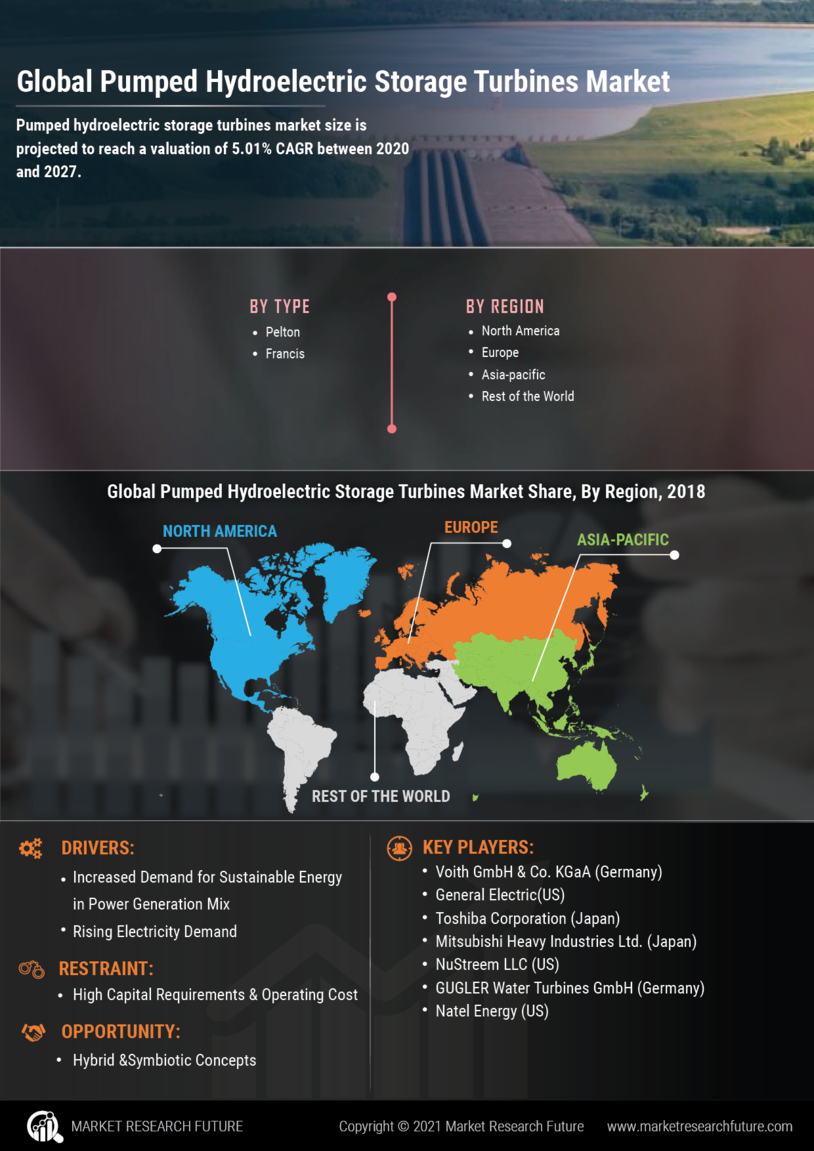

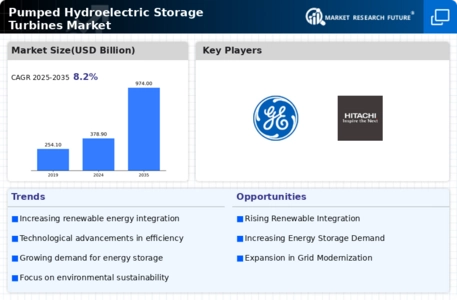

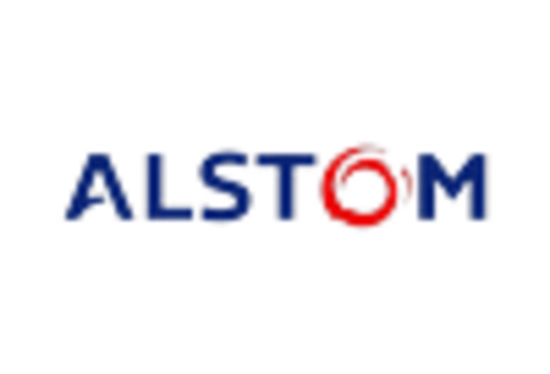



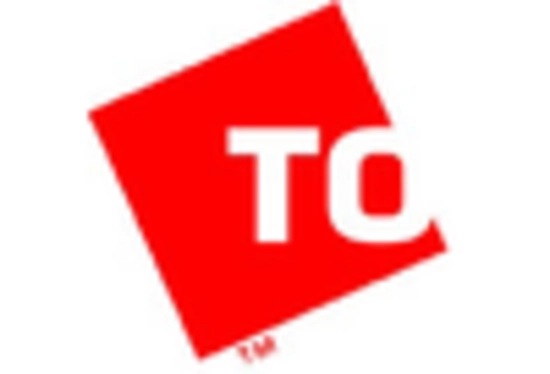
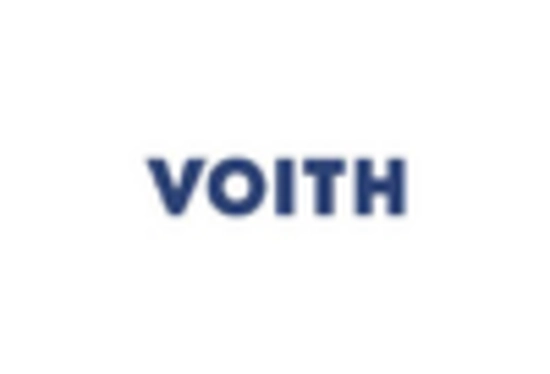








Leave a Comment